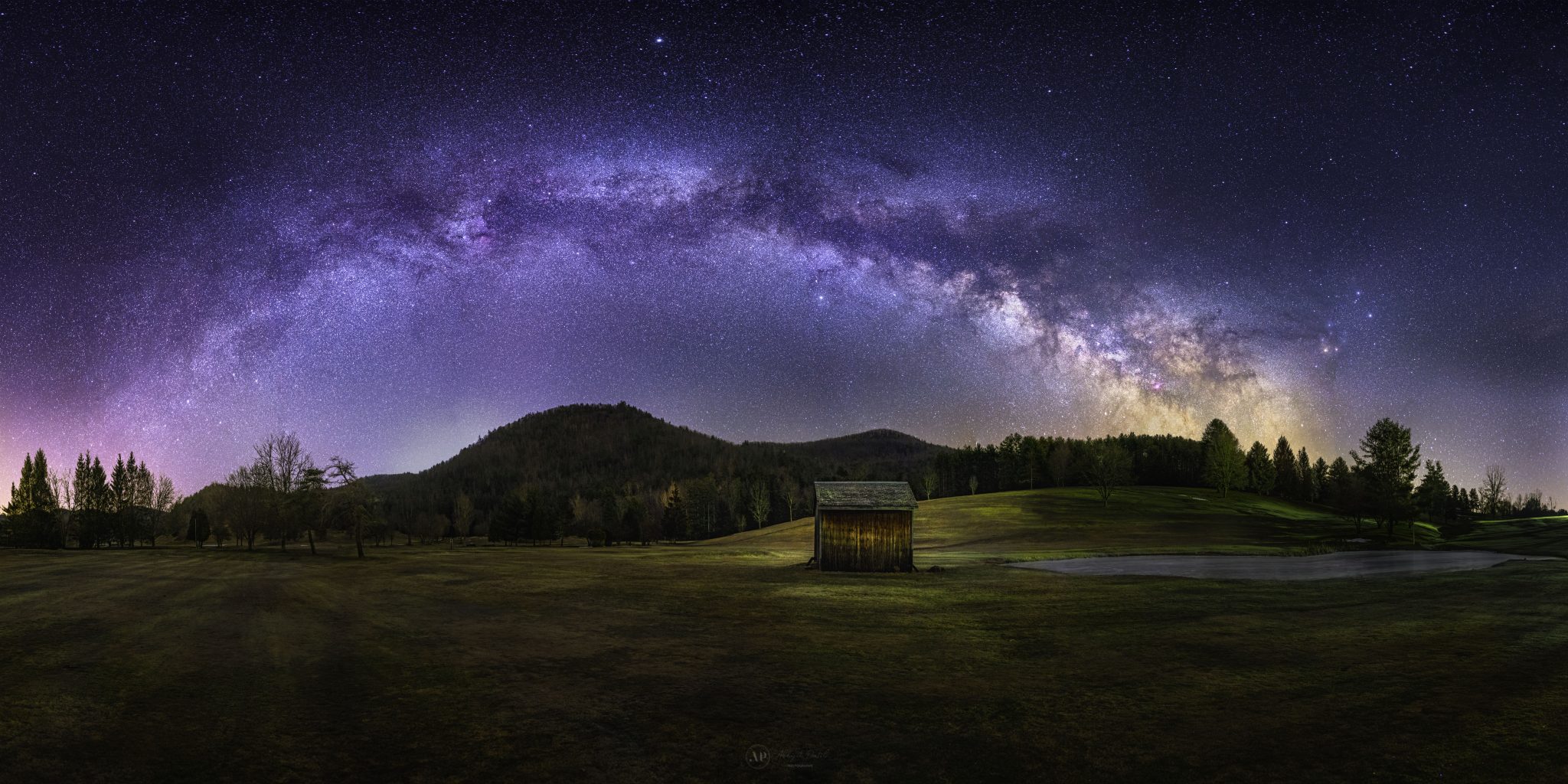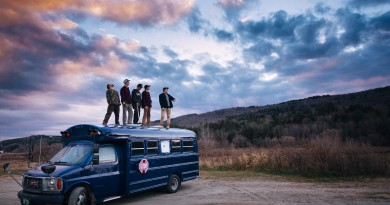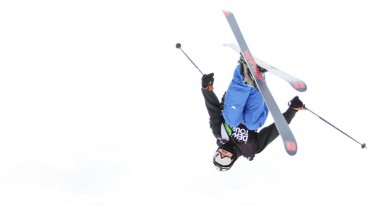The Stargazing Olympics
On a dark summer night, fireflies and shooting stars may be the brightest things you see in rural Vermont. And between July 17 and August 24, the Perseid meteor showers will give fireflies a run for their money. During the peak, Aug. 12-13, you might see as many as 60 to 100 shooting stars in an hour.
There are few better places to watch this annual display than from a mountaintop. That’s one reason that for 85 years amateur telescope makers and star gazers have been gathering at the Stellafane Conference atop Breezy Hill near Springfield for a weekend of camping in the dark, telescope competitions and yes, the Observing Olympics (competitors are given a list of 15 deep sky objects to find in their amateur telescopes).
It started back in 1920, when 15 men and one woman gathered in Springfield on Aug. 17 to learn how to grind their own mirrors. Their teacher was Russell W. Porter, a surveyor for a number of expeditions, including one that tried to reach the North Pole. As Stellafane’s history states: After successfully completing their telescopes and using them for a while to explore the wonders of the universe the men decided to build a hilltop observatory and form an official club. On December 7, 1923 the first official meeting of the Springfield Telescope Makers, Inc. was held. Their clubhouse, Stellafane, was completed soon after.
The pink clubhouse still stands today at 1,300 feet atop Breezy Hill and is on the National Historic Register. And the conference has grown to attract telescope aficionados from around the world. This year’s conference is August 5-9 with keynote speaker, Dr. Stella Kafka (yes, that’s her real name) hosting a talk entitled “What’s the Deal with Betelgeuse?”
Ron Lewis, the founder of Green Mountain Astronomers has been attending Stellafane since 1979. “I went to a fair when I was 11 years old and for 5 cents a man with a telescope there offered to show me the moon and Saturn,” he says. At 71, he’s still hooked.
Green Mountain Astronomers, as well as a number of other groups typically host stargazing parties. “We’ve had as many as 100 people gather at the Hubbardton Battlefield,” Lewis says. Members bring their telescopes and encourage others to use them. Says Lewis, “It’s amazing when you see Saturn for the first time. I brought telescopes to the Middlebury College Breadloaf Writer’s conference one year and woman actually cried when she saw Saturn.”
This year, with the uncertainty around Covid, events were still being planned as of press time and Lewis suggests checking in with the Green Mountain Astronomers Facebook page for updates. Middlebury College’s Mittleman Observatory is also hosting virtual talks about stars and planets as is the Fairbanks Museum and Planetarium.
Typically, Mark Breen, the planetarium’s director has hosted a live radio broadcast on VPR during the Perseids. In 2018, Breen also presided over what the Guinness World Records has certified as the largest astronomy lesson when nearly 1,700 people gathered at the St. Johnsbury museum.
Now that’s a party with star power.
The Milky Way over a Wells, Vt, golf course. Photo by Abhijit Patel



